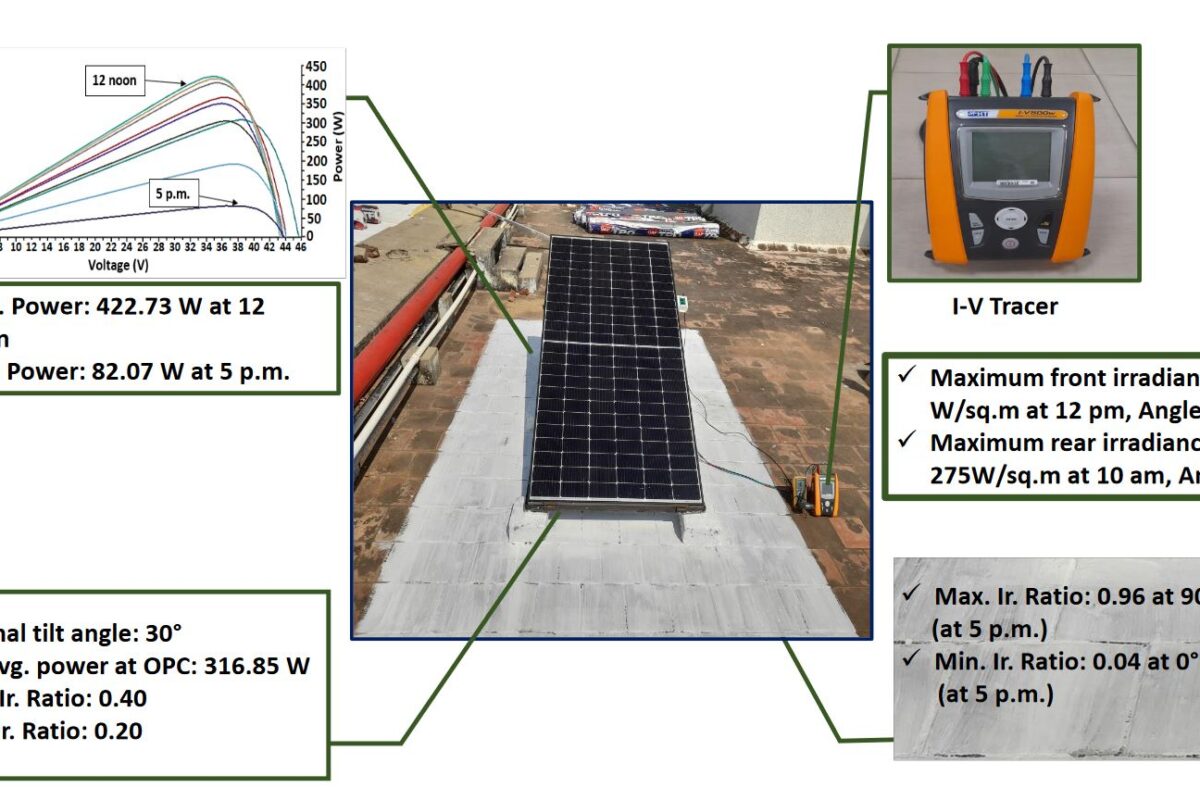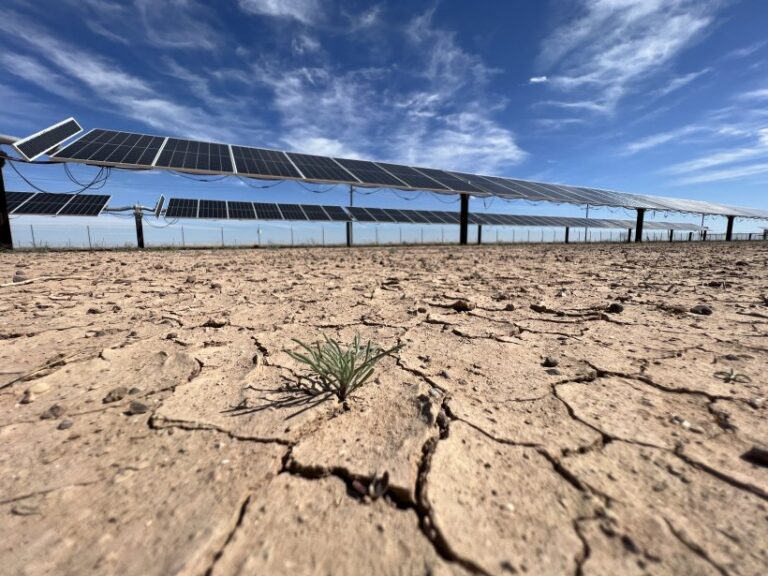The Golden State recently signed AB 2661, which gives the Westland Water District the authority to develop transmission lines that will enable solar and storage projects on 130,000 acres of reduced drainage agricultural land.
A coalition of farmers and lawmakers is working to promote the Valley Clean Infrastructure Plan (VCIP), with the goal of building transmission lines that could deliver 20 GWac of solar and energy storage to California. The California Legislature made this local control possible through the passage of AB 2661.
The plan calls for private investors to finance the development of both the power lines and energy sources, while local residents oversee the process to ensure benefits are shared within the region.
According to local reporting by Jesse Vad of SJV Water, an environmental impact report is currently in development and is expected to be put to a vote after its publication, scheduled for the first half of 2025.
Jose Gutierrez, assistant general manager of the Westlands Water District (WWD), explained that the main driver behind the plan is the unreliable water supply in the region. Farmers, he said, would prefer to continue their traditional role of feeding the population, but the reality is that up to 900,000 hectares must be left fallow due to water shortages.
“This just gives [the farmers] an opportunity to find another purpose for their land and generate some income so they can make the farming business more successful,” explains Gutierrez.
The region is predicted to lose more than 20% of its annual water supply by 2040, with climate change potentially exacerbating this shortage.
AB2661signed by the governor at the end of September, authorizes the WWD to “construct, operate and maintain all works” related to the development of 20 GW of solar photovoltaics, energy storage and transmission, and the supply of electricity to entities that sell electricity to California consumers. The WWD can also allocate some of the electricity for local use in the valley, although local consumption is likely to be low compared to the production of the 20 GW plant.
According to the California Environmental Quality Act page for the Valley Clean Infrastructure Planindividual solar power plants will “range in size from 100 to 1,150 MW, with a typical facility having a generation capacity of 250 MW on approximately 1,600 hectares.” Energy storage facilities are also considered standalone projects, with storage capacities ranging from “100 MW to 1,150 MW, with a typical facility having a capacity of 250 MW.” Each solar and energy storage facility would be connected to the grid via 230 kV or 500 kV generation interconnections, connected to one of the five 500/230 kV substations within the VCIP, as shown in the figure above.
The project is expected to create 3,000 “full-time equivalent” jobs over the ten-year infrastructure implementation period, along with 500 permanent jobs.

Early 2024the California Public Utility Commission has set a goal to reduce emissions to 25 million metric tons of CO2 equivalent by 2035. nearly 10 GW by 2028, 17.9 GW by 2033, and finally 57.5 GW by 2045. California recently surpassed 10 GW of installed utility-scale energy storagewith almost 14 GW deployed in all markets.
This content is copyrighted and may not be reused. If you would like to collaborate with us and reuse some of our content, please contact: editors@pv-magazine.com.
Popular content



